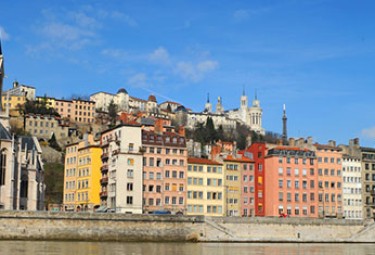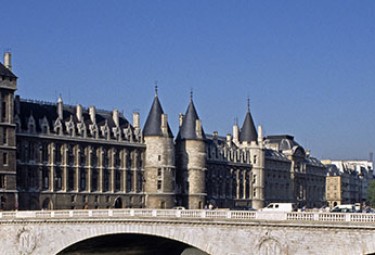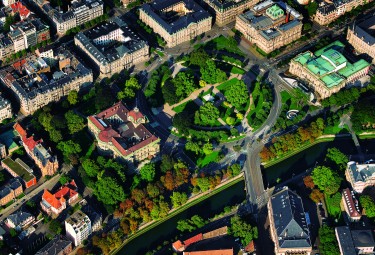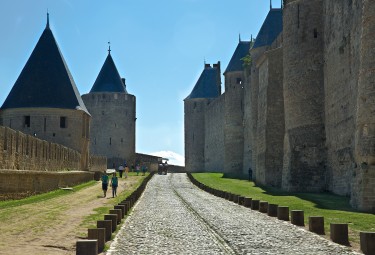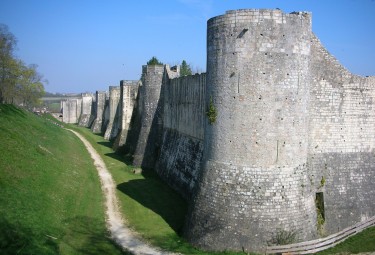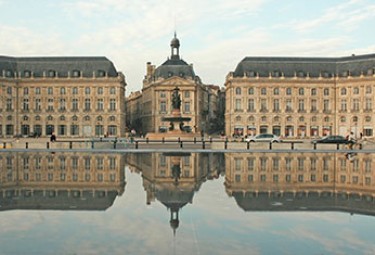Arles, Roman and Romanesque monuments
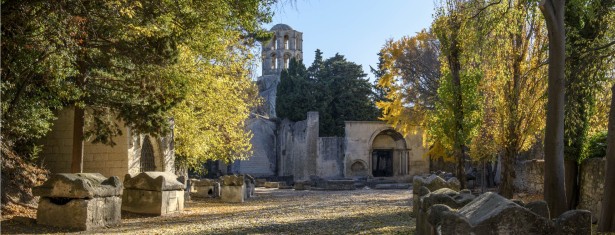
Summary
Arles has eight Roman and mediaeval monuments forming an integral part of its historic urban fabric: the amphitheatre, the cathedral of Saint-Trophime and its cloisters, the necropolis of Les Alyscamps, the cryptoporticus (subterranean galleries), the Roman and mediaeval ramparts, the Roman theatre, and the baths of Constantine. Arles is an excellent example of the adaptation of a Roman town to mediaeval European civilization. It has some impressive Roman monuments, of which the earliest – the theatre, the cryptoporticus and the amphitheatre – date back to the 1st century BC and 1st century AD. It experienced a second gold age in the 4th century, as illustrated by the baths of Constantine and the necropolis of Les Alyscamps. In the 11th and 12th centuries, Arles once again became one of the most beautiful cities in the Mediterranean. Within the city walls, Saint-Trophime and its cloisters form one of the major Romanesque monuments of Provence.
Criteria
Criterion (ii): The centre of the old town of Arles, notably its Roman and Romanesque monuments, shows how Roman architecture and urbanism influenced and was appropriated by mediaeval civilization. The transition between the end of the Roman era and the beginning of the Christian era is perfectly illustrated by the large number of marble sarcophagi – after the Vatican, Arles has the largest collection in the world. The Roman necropolis of Les Alyscamps continued to be used after the town became Christianized and was a highly sought-after burial site during the Middle Ages. The 12th-century cathedral and cloisters provide an admirable example of the influence of Roman art on the Romanesque art of Provence.
Criterion (iv): During the Roman and mediaeval periods, Arles was outstanding for the beauty and quality of its architecture. The Roman theatre, the cryptoporticus (subterranean galleries of the forum), the ramparts and the amphitheatre form an outstanding group of monuments which are representative of the urban structures introduced into Gaul by the Roman colonizers. During the 4th century, Arles became an important political and religious capital, as attested by the Baths of Constantine and the Alyscamps necropolis. The portal of the Cathedral of Saint-Trophime was designed specifically for the consecration of the Holy Roman Emperor Frederick Barbarossa, who was crowned King of Burgundy in Arles in 1178. The architects and sculptors who built the cathedral and cloisters belonged to an important group of artists who disseminated classicized Romanesque art throughout Provence and Languedoc.
- Année d'inscription : 1981
- Critères d'inscription : ii, iv
- Superficie du bien inscrit : 65 ha
- Localisation : Department of Bouches-du-Rhône, Region of PACA
- Coordonnées DMS : N43 40 39.5 E4 37 50.5
- Registration year : 1981
- Registration criterion : ii, iv
- Area of the inscribed : 65 ha
- Location : Department of Bouches-du-Rhône, Region of PACA
- Coordinates DMS : N43 40 39.5 E4 37 50.5

